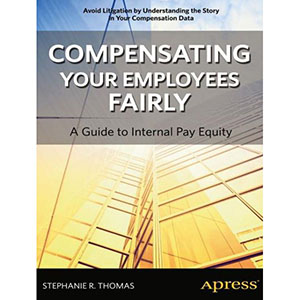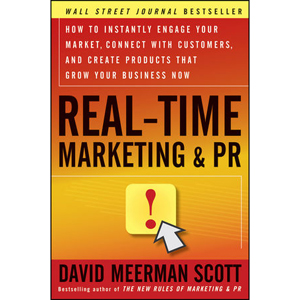Compensating Your Employees Fairly

Compensation fairness is a universal preoccupation in today’s workplace, from whispers around the water cooler to kabuki in the C-suite. Gender discrimination takes center stage in discussions of internal pay equity, but many other protected characteristics may be invoked as grounds for alleging discrimination: age, race, disability, physical appearance, and more. This broad range of vulnerability to discrimination charges is often neglected in corporate assessments of how well compensation systems comply with the law and satisfy employee norms of fairness. Blind spots in general equity constitute a serious threat to organizational performance and risk management. In Compensating Your Employees Fairly, a respected practitioner and consultant lays out in practical terms everything you need to know to protect your company along the full spectrum of internal pay equity issues, including all the technical methods you need to optimize compliance and minimize risk.
Compensating Your Employees Fairly is a timely survey and comprehensive handbook for compensation specialists, HR professionals, EEO compliance officers, and in-house counsel. It provides all the information you need to ensure that compensation systems are equitable, auditable, internally consistent, and externally compliant with equal employment opportunity laws and regulations. The author presents technical information—both legal and statistical—in common-sense terms. Her non-technical breakdown of complex statistical concepts distills just as much as practitioners need to know in order to effectively deploy and interpret the standard applications of statistical analysis to internal pay equity. The focus throughout the book is on real-world application, current examples, and up-to-the-minute information on recent and pending wrinkles in the evolving legal landscape.
Readers of Compensating Your Employees Fairly will learn:
- Why internal equity in compensation matters
- How to detect intentional and non-intentional discrimination in compensation
- The basics of statistical inference and multiple regression analysis
- The essentials of data availability, measurability, and collection
- The criteria for assessing compensation systems for internal equity
- How to investigate potential problems and react to formal complaints and actions
- How to avoid litigation and put in place ongoing measures for proactive self-auditing
What you’ll learn
Readers of Compensating Your Employees Fairly will learn:
- Why internal equity in compensation matters
- How to detect intentional and non-intentional discrimination in compensation
- How to investigate potential problems and react to formal complaints and actions
- How to avoid litigation and put in place ongoing measures for proactive self-auditing
Who this book is for
HR professionals, compensation specialists, EEO compliance officers, in-house counsel, and employment attorneys will find invaluable the expert author’s non-technical treatment of the technical issues that are essential to understanding all facets of internal pay equity. Without a working understanding of how to make their data tell a clear story, these various professionals cannot ensure that their compensation systems are equitable, auditable, and demonstrably compliant with equal employment opportunity laws and regulations.
Table of Contents
Chapter 1. Why Equity in Compensation Matters
Chapter 2. Types of Discrimination in Compensation
Chapter 3. Multiple Regression Analysis
Chapter 4. The Data
Chapter 5. Regression Models of Equal Pay
Chapter 6. Other Tests of Equal Pay
Chapter 7. Analysis Follow-Up
Chapter 8. The Changing Landscape of Pay Equity Enforcement
Chapter 9. Causes of the Gender Pay Gap
Chapter 10. Litigation Avoidance and Proactive Self-Analysis
Appendix. The Basics of Statistical Inference
Book Details
- Paperback: 308 pages
- Publisher: Apress (April 2013)
- Language: English
- ISBN-10: 1430250402
- ISBN-13: 978-1430250401














